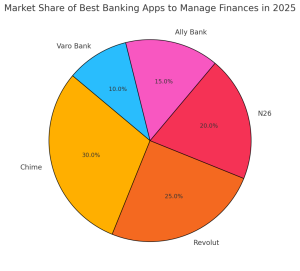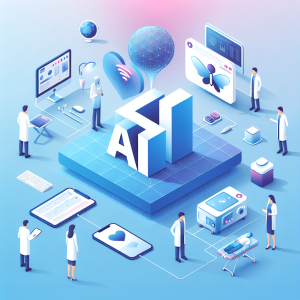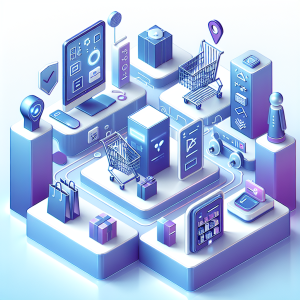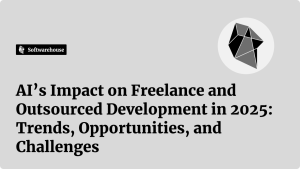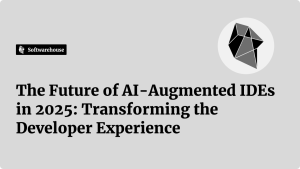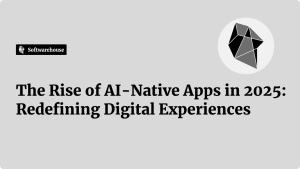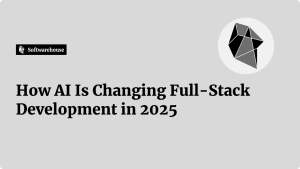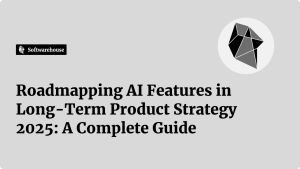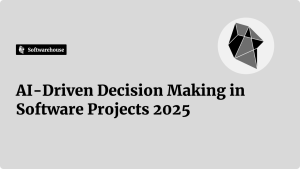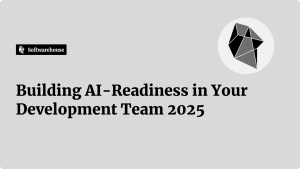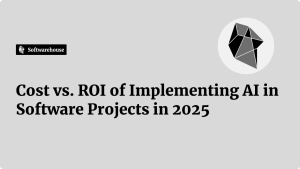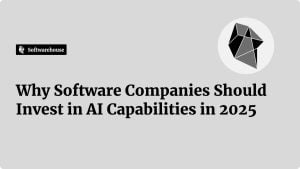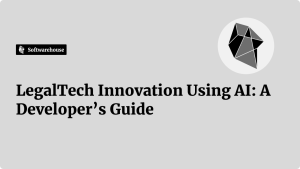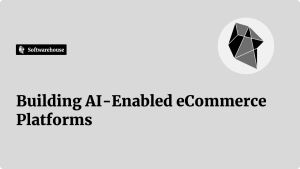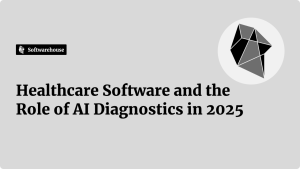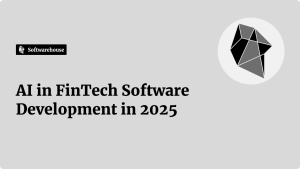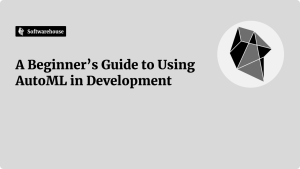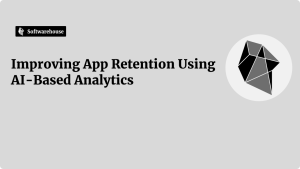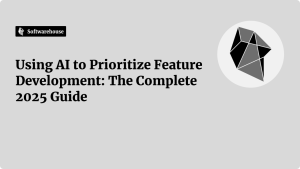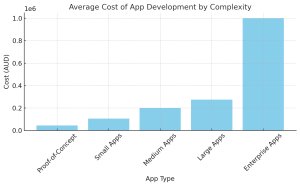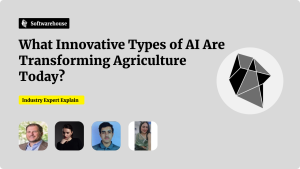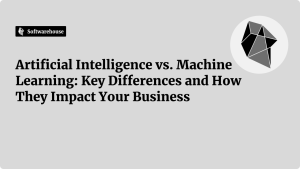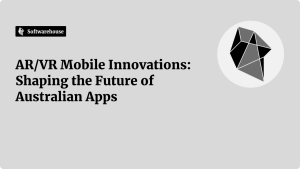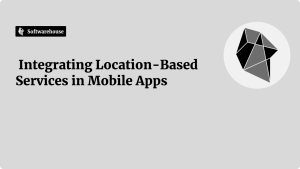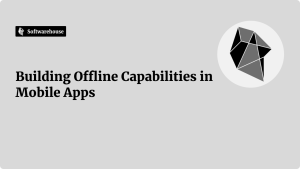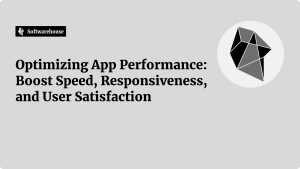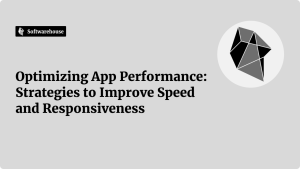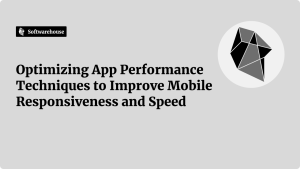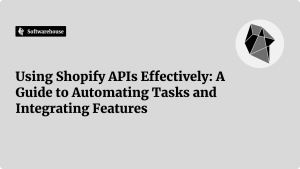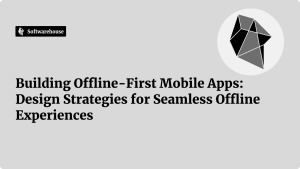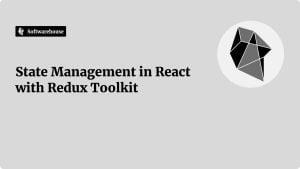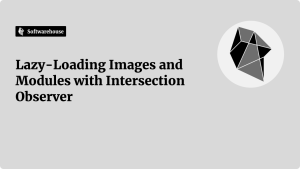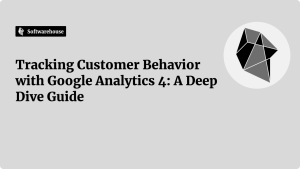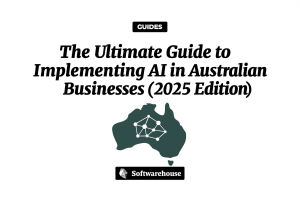Introduction to AI in Healthcare
The integration of artificial intelligence (AI) in healthcare represents a transformative shift in how medical professionals deliver care and manage patient outcomes. In Australia, the adoption of AI technologies spans various applications, from diagnostics to administrative efficiencies, enhancing the capabilities of healthcare providers across all states and territories.
AI in healthcare is primarily about harnessing data to improve decision-making. This involves using algorithms and machine learning to analyse vast amounts of patient data, medical histories, and treatment outcomes. The potential benefits are substantial:
- Enhanced Diagnostics: AI can assist in identifying diseases at earlier stages. For instance, radiology departments in hospitals across New South Wales (NSW) are increasingly using AI to analyse imaging data, leading to quicker and more accurate diagnoses. A notable example is the collaboration between the Sydney-based Royal Prince Alfred Hospital and an AI startup that developed an algorithm capable of detecting lung cancer in CT scans with a sensitivity of over 90%.
- Personalised Treatment Plans: By analysing genetic information and patient records, AI can help healthcare professionals tailor treatments to individual patients, optimising the effectiveness of interventions. The use of AI in pharmacogenomics, for example, allows clinicians to predict how patients will respond to specific medications based on their genetic makeup, thereby reducing adverse effects and improving treatment efficacy.
- Operational Efficiency: AI-driven solutions can streamline administrative tasks, such as scheduling appointments and managing patient records, allowing healthcare staff to focus more on patient care. Hospitals in Victoria have implemented AI chatbots to handle appointment bookings, significantly reducing waiting times and freeing up staff resources.
Did you know? AI algorithms can analyse medical images with a precision that rivals, and in some cases surpasses, that of trained radiologists, significantly reducing diagnosis times.
Across Australia, various states are leading the charge in AI healthcare initiatives. In Victoria (VIC), the government has invested in AI research projects aimed at improving mental health services. This includes AI systems that can analyse patient interactions and predict mental health crises, enabling timely interventions. A recent project in Melbourne has successfully used machine learning to identify at-risk patients based on their social media activity and healthcare history.
In Queensland (QLD), researchers have developed AI tools for predicting the likelihood of developing chronic diseases based on lifestyle data. These tools are being employed in community health programmes to promote preventive care. For instance, the Queensland Health initiative has utilised AI algorithms to analyse data from wearable devices, allowing for early interventions in lifestyle diseases such as diabetes and hypertension.
Western Australia (WA) is also making strides, with AI systems being implemented in remote health services. Through telehealth platforms, AI assists in diagnosing conditions during consultations, which is vital for rural communities with limited access to specialists. The WA Country Health Service has integrated AI tools that can triage patients based on their symptoms, ensuring that those in need receive timely care.
South Australia (SA) has seen the introduction of AI-powered chatbots in hospitals to assist patients with queries about their treatment plans and medication, reducing the burden on healthcare staff. The Women’s and Children’s Hospital in Adelaide has been using an AI chatbot to provide 24/7 support to parents, answering common questions and providing information about paediatric care.
Tasmania (TAS) is focusing on AI in geriatric care, with initiatives aimed at improving the quality of life for elderly patients through predictive analytics that can anticipate their healthcare needs. The Tasmanian Government has launched a pilot programme that uses AI to monitor elderly patients’ health indicators, enabling pre-emptive care and reducing hospital admissions.
The Australian Capital Territory (ACT) has launched projects that leverage AI for data analysis in public health, enabling better resource allocation during health crises, such as the COVID-19 pandemic. The ACT Health Directorate has employed AI to model the spread of the virus, allowing for more effective public health responses and resource management.
Finally, the Northern Territory (NT) is employing AI to enhance Aboriginal health initiatives, using data-driven insights to address health disparities in remote communities. The NT Health Department has partnered with AI researchers to develop tailored health solutions that consider cultural sensitivities and local healthcare practices.
Latest Developments
In the past year, AI in healthcare has witnessed significant advancements across Australia. According to the Australian Bureau of Statistics (ABS), there has been a marked increase in healthcare facilities adopting AI technologies, particularly in diagnostic imaging and patient management systems. The Reserve Bank of Australia (RBA) has also highlighted the economic benefits of AI in reducing operational costs and improving healthcare delivery.
Industry bodies, including the Australian Digital Health Agency, have reported on successful pilot programmes that utilise AI for telehealth services, demonstrating improved patient satisfaction and outcomes. Additionally, the Federal Government’s recent funding initiatives aim to support AI research in healthcare, ensuring that Australia remains at the forefront of this technological revolution. In 2023 alone, the government allocated AUD 100 million towards AI-driven health research and development projects.
As we continue to explore the implications of AI in healthcare, it is essential to consider ethical aspects and the need for regulations that safeguard patient data while promoting innovation. The balance between leveraging AI’s capabilities and maintaining trust in the healthcare system will be pivotal as we move forward. Ongoing dialogue among stakeholders, including healthcare professionals, technologists, and policymakers, is crucial in establishing guidelines that protect patient rights and ensure equitable access to AI-driven healthcare solutions.
In summary, AI is reshaping healthcare in Australia by enhancing diagnostics, personalising treatment plans, and improving operational efficiencies. As we see continued investment and research in this field, the potential for improved patient outcomes and more efficient healthcare delivery is vast. The future holds exciting opportunities for both healthcare professionals and patients alike.
Key Statistics

| Area of Impact | 2025 Example | Business Outcome |
|---|---|---|
| Diagnostics | AI algorithms for radiology in Sydney hospitals | Increased accuracy in diagnoses |
| Telemedicine | AI chatbots for remote consultations | Enhanced patient engagement and satisfaction |
| Operational Efficiency | AI-driven scheduling systems in clinics | Reduced wait times and resource optimisation |
Key Developments in 2025
Key Developments in 2025
As we step into 2025, Australia is witnessing significant developments across various sectors, from technology and infrastructure to environmental sustainability and social policy. Each state and territory is contributing uniquely to the nation’s growth, reflecting the diverse landscape of this vast country. Here, we explore some of the key advancements and trends shaping Australia this year.
Technological Advancements
The technology sector continues to surge, with innovations impacting everyday life. Notably, the rollout of 5G networks has expanded across metropolitan and regional areas, enabling faster internet speeds and improved connectivity. This has facilitated the rise of smart cities in places like:
- New South Wales (NSW): Sydney’s smart traffic management systems are reducing congestion and improving air quality. The integration of AI-driven analytics allows real-time adjustments to traffic signals, optimising vehicle flow and significantly reducing commute times.
- Victoria (VIC): Melbourne’s digital health initiatives are streamlining patient care through telehealth services. For example, the recent launch of the Victorian Telehealth Network allows patients to consult specialists without leaving their homes, thus enhancing access to care.
- Queensland (QLD): Brisbane is leveraging IoT technology for smart water management, crucial in drought-prone regions. The city has implemented smart meters that monitor water usage and leak detection, ensuring better resource management.
Moreover, artificial intelligence (AI) is making significant inroads in various industries, including agriculture, where precision farming techniques are optimising yield and resource use. The Australian government has invested heavily in AI research, fostering collaboration between universities and tech companies. For instance, the partnership between CSIRO and various agritech startups aims to utilise AI for predictive analytics in crop management, resulting in higher productivity and reduced waste.
Environmental Sustainability
Australia’s commitment to environmental sustainability is more pronounced in 2025, particularly in response to climate change. Several states are implementing ambitious renewable energy projects:
- Western Australia (WA): The state is harnessing solar power with large-scale solar farms, aiming to power regional areas sustainably. The recent completion of the Greenough River Solar Farm has made it one of the largest in the country, producing enough energy to power over 50,000 homes.
- South Australia (SA): Leading the nation in wind energy production, South Australia is on track to achieve 100% renewable energy by 2030. The state has successfully integrated battery storage systems, such as the Hornsdale Power Reserve, which stabilises the grid and ensures reliability even during peak demand.
- Tasmania (TAS): The state has become a renewable energy powerhouse, with hydroelectric projects supporting its green credentials. The recent upgrades to the Gordon Power Station have increased its output, further solidifying Tasmania’s status as a leader in renewable energy.
These initiatives are complemented by policies aimed at reducing carbon emissions, with many states introducing incentives for businesses and households to adopt greener practices. For example, the Renewable Energy Target (RET) scheme has been expanded, offering subsidies for solar panel installations and energy-efficient appliances.
Infrastructure Development
Infrastructure projects are vital for economic growth, and 2025 sees several key developments across Australia:
- Australian Capital Territory (ACT): The new light rail extension is enhancing public transport connectivity, making it easier for residents to commute. This expansion has resulted in increased ridership, with over 10 million passenger trips recorded in the first year alone.
- Northern Territory (NT): The development of the Darwin Harbour infrastructure is set to boost trade and tourism. The recent construction of a new wharf facility is expected to increase shipping capacity by 30%, benefiting local businesses and the fishing industry.
- New South Wales (NSW): Major upgrades to the Pacific Highway are improving safety and travel times between regional towns. The completed sections have reduced travel times by up to 30%, significantly enhancing access to services and employment opportunities in rural areas.
These projects not only enhance connectivity but also create jobs and stimulate local economies. The federal government has allocated an additional $5 billion towards infrastructure development, focusing on projects that support sustainable growth and job creation in the wake of the pandemic.
Social Policy Reforms
In 2025, Australia is witnessing notable reforms aimed at improving social equity and well-being:
- Health Care: The government is expanding mental health services, especially in rural and remote areas, recognising the growing need for accessible mental health care. The launch of the Rural Mental Health Initiative has seen increased funding for mental health professionals in underserved areas.
- Education: New policies aimed at reducing the cost of tertiary education are being rolled out, making higher education more accessible for all Australians. The introduction of the Student Support Grant provides financial assistance to low-income students, ensuring that financial barriers do not hinder educational pursuits.
- Indigenous Rights: There is a renewed focus on reconciliation, with initiatives designed to support Indigenous communities through cultural recognition and economic opportunities. The Indigenous Business Development Program has been established to foster entrepreneurship among Indigenous Australians, aiming to close the economic gap.
These reforms reflect a commitment to building a more inclusive society, addressing the needs of diverse populations across the nation. For instance, the recent establishment of the National Indigenous Voice provides a platform for Indigenous Australians to influence policy decisions that affect their communities.
Latest Developments
In the past 6 to 12 months, Australia has seen significant movements in various sectors:
- The Australian Bureau of Statistics (ABS) reported an increase in employment rates, indicating a robust recovery post-pandemic. The unemployment rate has dropped to 4.2%, the lowest in over a decade, with growth particularly evident in the renewable energy and technology sectors.
- The Reserve Bank of Australia (RBA) has adjusted interest rates to manage inflation, impacting housing markets across all states. The recent increase in rates has prompted a cooling of the housing market, with prices stabilising after years of rapid growth.
- Government portals have highlighted ongoing investment in infrastructure, with over $10 billion allocated to road and rail upgrades nationwide. This investment is crucial for enhancing regional connectivity and supporting economic development.
- Industry bodies have noted a rise in renewable energy jobs, reflecting the shift towards sustainable practices. Recent reports indicate that the renewable energy sector has created over 40,000 new jobs in the last year alone, contributing to a more sustainable economy.
Did you know? Australia is one of the world leaders in solar energy adoption, with nearly 30% of households equipped with solar panels. This widespread adoption has been driven by government incentives and a growing awareness of the benefits of renewable energy.
In summary, 2025 is shaping up to be a transformative year for Australia, characterised by technological advancements, environmental sustainability, infrastructure development, and social reforms. Each state and territory is playing a crucial role in these developments, contributing to a resilient and forward-looking nation.






































